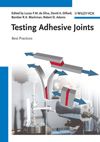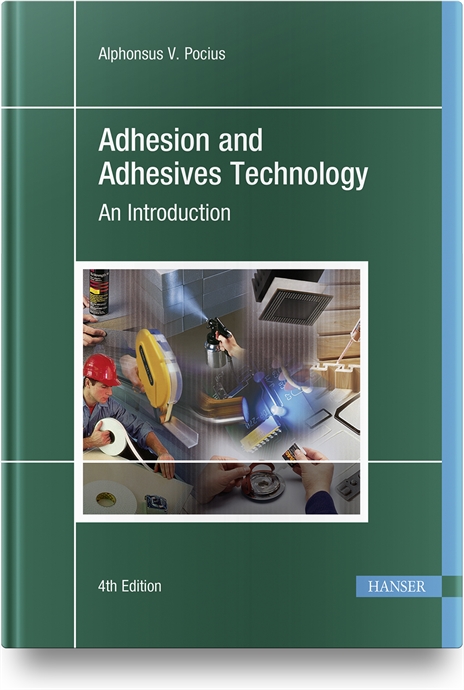Editorial: Skirmish Over Science
Amid mediocre scores on international science tests by U.S. students, and predictions of future shortages of scientists and engineers, policy makers have recently awakened and begun requiring more science courses in U.S. schools. By 2011, 27 states will require high school students to take at least three science courses to graduate; in 1992, only six had such requirements.
U.S. high schools review their curricula continuously, of course, but despite efforts in many states to strengthen science education, results of the National Assessment of Educational Progress (NAEP) show no improvement in science skills among middle and high school students. According to a report by Robert Tomsho in The Wall Street Journal, on a 300-point maximum scale, high school seniors averaged 147, virtually flat with the 2000 NAEP and down from 150 in 1996. Eighth graders averaged 149, virtually flat since 1996. Only the scores of fourth graders showed improvement, averaging 151 compared with 147 in 2000.
Some teachers and education advocates say that the 2001 No Child Left Behind Act is partly responsible because it emphasizes reading and mathematics, mandating that students be tested on these subjects but not on science. Predictably, some elementary and middle schools have shifted resources-dollars and teachers-to reading and math at the expense of teaching science. Next year testing in science will be required, but even then, only the reading and math tests will carry the threat of federal sanctions for schools that fail to improve test scores.
Whether the school systems are doing the best job of educating all students to the best of their individual abilities tends often to be overlooked in pursuit of achieving test scores that will avoid federal sanctions. A current controversy over the science education curriculum in the San Diego school district offers a virtually classic example.
Five years ago, the district began overhauling its science education curriculum, wanting to raise the performance of minority, low-income and immigrant students, writes Tomsho. But parents in middle and upper income areas, where many students were already doing well, rebelled against the new curriculum and, in particular, a course called Active Physics. Some teachers joined the rebellion, refused to use the new books, and brought in phased-out texts on the sly. The opposition came to a head in 2004 when three critics of the curriculum changes were elected to the five-member school board. The district, after heavy lobbying from teachers, will decide next year whether to adopt a different physics curriculum.
No doubt that No Child Left Behind has stimulated many skirmishes over curricula, and will certainly stimulate more. More importantly, however, when they are well-reasoned such skirmishes undoubtedly advance the ability of our school systems to prepare tomorrow's citizens to take their places in the America that they will not only live and work in, but will be responsible for improving!
U.S. high schools review their curricula continuously, of course, but despite efforts in many states to strengthen science education, results of the National Assessment of Educational Progress (NAEP) show no improvement in science skills among middle and high school students. According to a report by Robert Tomsho in The Wall Street Journal, on a 300-point maximum scale, high school seniors averaged 147, virtually flat with the 2000 NAEP and down from 150 in 1996. Eighth graders averaged 149, virtually flat since 1996. Only the scores of fourth graders showed improvement, averaging 151 compared with 147 in 2000.
Some teachers and education advocates say that the 2001 No Child Left Behind Act is partly responsible because it emphasizes reading and mathematics, mandating that students be tested on these subjects but not on science. Predictably, some elementary and middle schools have shifted resources-dollars and teachers-to reading and math at the expense of teaching science. Next year testing in science will be required, but even then, only the reading and math tests will carry the threat of federal sanctions for schools that fail to improve test scores.
Whether the school systems are doing the best job of educating all students to the best of their individual abilities tends often to be overlooked in pursuit of achieving test scores that will avoid federal sanctions. A current controversy over the science education curriculum in the San Diego school district offers a virtually classic example.
Five years ago, the district began overhauling its science education curriculum, wanting to raise the performance of minority, low-income and immigrant students, writes Tomsho. But parents in middle and upper income areas, where many students were already doing well, rebelled against the new curriculum and, in particular, a course called Active Physics. Some teachers joined the rebellion, refused to use the new books, and brought in phased-out texts on the sly. The opposition came to a head in 2004 when three critics of the curriculum changes were elected to the five-member school board. The district, after heavy lobbying from teachers, will decide next year whether to adopt a different physics curriculum.
No doubt that No Child Left Behind has stimulated many skirmishes over curricula, and will certainly stimulate more. More importantly, however, when they are well-reasoned such skirmishes undoubtedly advance the ability of our school systems to prepare tomorrow's citizens to take their places in the America that they will not only live and work in, but will be responsible for improving!
Looking for a reprint of this article?
From high-res PDFs to custom plaques, order your copy today!





